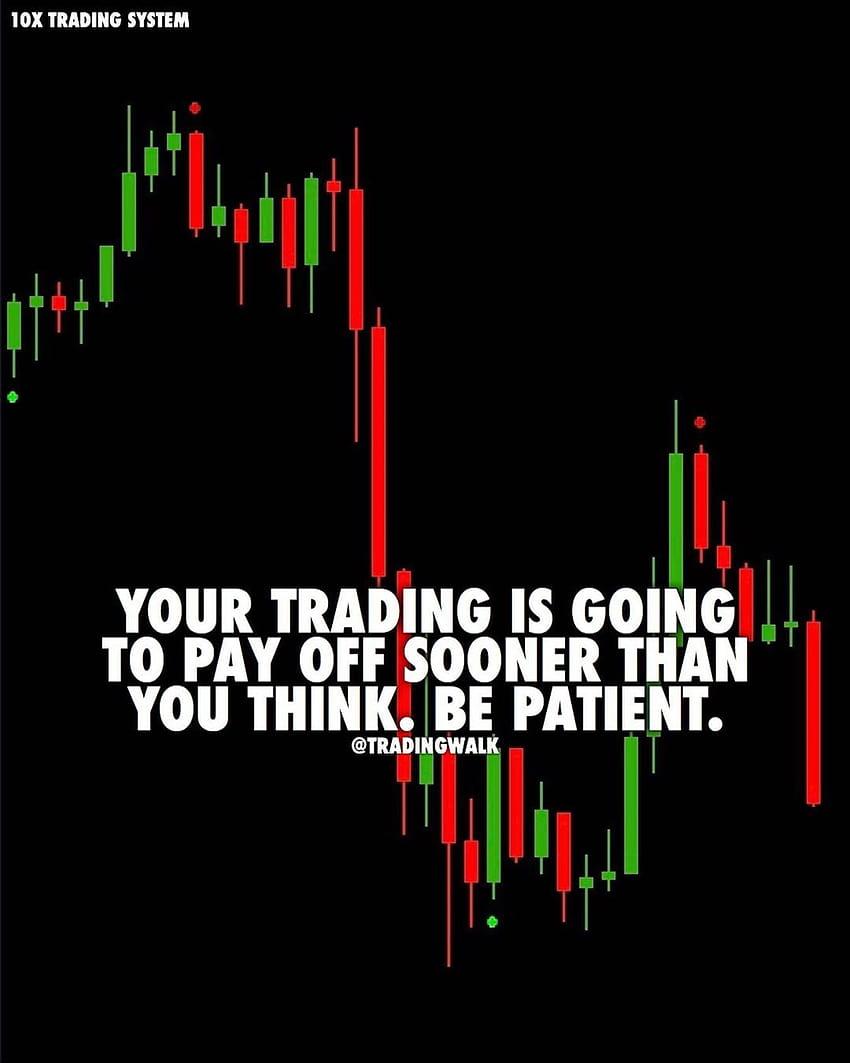Forex trading, also known as foreign exchange trading, is the decentralised global market where currencies are bought and sold. It operates 24 hours a day, five days a week, and is the largest financial market in the world. In this article, we will delve into the dynamics of forex trading, exploring its key components, participants, and factors that influence currency fluctuations. Understanding these dynamics is essential for anyone seeking to venture into the world of forex trading.

What is Forex Trading?
Forex trading involves the buying and selling of currencies in pairs. The most commonly traded currencies include the US dollar (USD), Euro (EUR), Japanese Yen (JPY), British Pound (GBP), Swiss Franc (CHF), Canadian Dollar (CAD), and Australian Dollar (AUD). The currency pairs are quoted in exchange rates, representing the relative value of one currency against another.
Participants in the Forex Market
The forex market comprises various participants, including banks, financial institutions, corporations, governments, central banks, speculators, and retail traders. Central banks play a significant role as they can influence exchange rates through monetary policies. Commercial banks facilitate most of the trading volume in the market, and institutional investors often engage in forex trading to hedge against currency risks. Retail traders, including individual investors, also participate in the market through online forex brokers.
Market Dynamics and Currency Fluctuations
Currency fluctuations in the forex market are driven by a multitude of factors, including economic indicators, geopolitical events, interest rates, inflation, and market sentiment. Economic indicators such as GDP growth, employment data, inflation rates, and trade balances can influence the strength or weakness of a currency. Geopolitical events like elections, conflicts, and policy changes can also have significant impacts on currency movements. Additionally, interest rate differentials between countries affect the demand for currencies. Traders monitor these factors and adjust their trading strategies accordingly.
Understanding Forex Trading Strategies
Forex trading strategies are methodologies employed by traders to make informed decisions about entering and exiting trades. Popular strategies include trend following, range trading, breakout trading, and carry trading. Technical analysis, which involves analysing historical price patterns and chart indicators, helps traders identify potential trading opportunities. Fundamental analysis, on the other hand, focuses on analysing economic and geopolitical factors to anticipate currency movements. Many traders utilise a combination of both approaches to gain a comprehensive understanding of the market.
Role of Forex Trading Platforms and Tutorials
Forex trading platforms are software applications that enable traders to access the forex market, place trades, and manage their accounts. These platforms provide real-time market data, charting tools, order execution capabilities, and risk management features. They also offer educational resources, tutorials, and analysis tools to help traders enhance their skills and make informed trading decisions. Tutorials play a vital role in educating traders about platform functionalities, trading strategies, technical and fundamental analysis, and risk management techniques. They empower traders to develop their expertise, stay updated with market trends, and improve their overall trading performance.
Risk Management and Emotional Discipline
Risk management is crucial in forex trading to protect capital and minimise losses. Traders employ various risk management techniques, such as setting stop-loss orders, position sizing, and diversification. Emotional discipline is equally important, as trading decisions should be based on rational analysis rather than impulsive reactions to market fluctuations. Traders must adhere to their trading plans and maintain discipline even during volatile market conditions.
In Conclusion, Forex trading is a dynamic and exciting market that offers opportunities for profit. Understanding the dynamics of forex trading, including market participants, currency fluctuations, trading strategies, and risk management, is essential for success. Forex trading platforms and tutorials play a crucial role in empowering traders by providing access to market data, execution tools, and educational resources. By combining knowledge, skills, and effective use of trading platforms, traders can navigate the complexities of the forex market and strive towards achieving their financial goals.


































